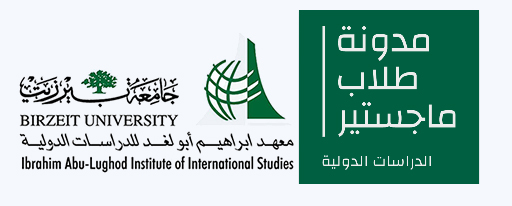Abstract
The Renaissance Dam crisis is not new. It started in 2011, as Ethiopia announced laying the foundation stone for the dam, which reduces Egypt and Sudan’s share of the Nile River’s water. This raised Egypt’s discretion and strained the relationship between the two countries. Cairo, Al Khartoum, and Addis Ababa began negotiations over limiting the Ethiopian dam’s effect on the amount of water flooding to both Egypt and Sudan. Since then, Egypt and Sudan have been trying to reach an agreement with Sudan regarding the most significant issue in the project, which is the time assigned to fill and operate the great dam’s tank. Egypt wants the filling period to be slow enough for it to prevent any shortness in water supplies, whilst Ethiopia wants to fasten its ability to obtain a new source of power that will revolutionize its capabilities.
Before the Security Council could hold its meeting in aim to reach a political agreement concerning the Ethiopian dam, the African Union quickly resorted to settling the issue within its continent. It held an emergency meeting over video conferencing technology, headed by South African president Cyril Ramaphosa, with the participation of the Union’s current office members; Egypt, Mali, the Democratic Republic of the Congo, Kenya, The Prime Minister of Sudan, and Ethiopia corning the disputes and stalled negotiations between Cairo, Al Khartoum, and Addis Ababa.
On July 17th, the parties convened to settle technical disputes between Nile Basin countries in a frame of dialogue. The chances of reaching consensus are little under ongoing Ethiopian threats to fill the dam. Therefore, they did not reach a binding agreement. Cairo affirmed its commitment to creating an agreement that defines the regulations of filling and operating the dam and refused what was described as unilateral procedures that may harm Egypt’s right to the Nile’s water. Ethiopia did not favor this, as it insisted on moving forward with filling and operating the dam regardless of what is done or said. Ethiopian minister affirmed this by saying that the dam will be filled and operated regardless of whether an agreement with Egypt and Sudan was reached or not, and his country will not allow anyone to control the Nile’s water.
The worst scenario for Egypt would be if the Nile’s waterflood reduced, as its ramifications will be destructive to Egypt’s economy and its water and food supply. The unemployment rate is expected to rise, in addition to other social dangers such as the rise of crime rate and an increase in irregular immigration and displacement.
It is true that many states and international organizations were and are still seeking to find a fair settlement for the crisis’ parties. However, Ethiopia’s persistence towards filling the dam and operating it has placed all international pressures and positions in a real crisis. This leads to Egypt accepting the fait accompli policy, and adjusting with the reduction in the Nile River’s water level. What pushed this was the Ethiopian decision to fill the dam without reaching an agreement with Egypt and Sudan. The Ethiopian Prime Minister Abyi Ahmed referred to this, saying that his country has completed the first stage of filling the Renaissance Dam that it installed over the Blue Nile River, and it is expected to be completed by next year.



You must log in to post a comment.